Niclosamide API Powder
1300.0 INR/Kilograms
Product Details:
- Shelf Life 5 Years
- Solubility low as <0.1 mg/mL at 25 C
- Boiling point Clc1ccc(cc1[N+](=O)[O-])NC(=O)c2cc(Cl)ccc2O
- Particle Size 10 50 micrometers ( m)
- Ph Level slightly acidic range (around 4.5 6.0)
- Heavy Metal (%) less than 10 ppm (parts per million)
- Taste Bitter
- Click to View more
X
Niclosamide API Powder Price And Quantity
- 25 Kilograms
- 1300.0 INR/Kilograms
Niclosamide API Powder Product Specifications
- Room Temperature
- No Smell
- Niclosamide API is primarily used as an anti-helminthic drug to treat tapeworm infections.
- loss on drying for Niclosamide is around 1-3%
- 29242990
- 327.12 Kilograms (kg)
- C H Cl N O
- 98%
- 5-Chloro-N-(2-chloro-4-nitrophenyl)-2-hydroxybenzamide
- 200-055-4
- Bitter
- ~225 230 C (with decomposition)
- 50-65-7
- slightly acidic range (around 4.5 6.0)
- Niclocide
- Medicine Grade
- yellowish-white to pale yellow, odorless, crystalline powder
- less than 10 ppm (parts per million)
- 10 50 micrometers ( m)
- Powder
- 5 Years
- low as <0.1 mg/mL at 25 C
- Pharmaceutical Intermediates
- Clc1ccc(cc1[N+](=O)[O-])NC(=O)c2cc(Cl)ccc2O
Niclosamide API Powder Trade Information
- Mumbai Port
- Cash Against Delivery (CAD), Cash Advance (CA), Cash in Advance (CID), Delivery Point (DP), Letter of Credit at Sight (Sight L/C), Letter of Credit (L/C)
- 100 Kilograms Per Day
- 7 Days
- No
- Free samples are available
- Drum Packing
- Eastern Europe, Western Europe, Middle East, Africa, Asia, Australia, Central America, North America, South America
- WE PROVIDES ALL KIND OF CERTIFICATIONS AS YOU REQUIRED
Product Description
Niclosamide is one of our products. Our Gujarat based company manufactures and safely packages this product in diverse packaging options. The medication niclosamide, also known as Niclocide, is used to treat tapeworm infestations, such as diphyllobothriasis, hymenolepiasis, and taeniasis. There is no effect on pinworms or roundworms. The tablet is swallowed. The company exports Niclosamide to Gulf nations, South East Asian nations, African nations, CIS nations, LATAM nations, Central American countries and Europe as well.
Niclosamide Properties:
- CAS No : 50-65-7
- Mol. Formul : C13H8Cl2N2O4H2O
- Mol. Weigh : 345.1
- Category : Anthelmintic
- Description : Yellowish fine crystals
- Solubility : Practically insoluble in water; sparingly soluble in acetone; slightly soluble in anhydrous ethanol
- Melting Point : 227 to 232 C
- Related substances : Passes as per Pharmacopoeia
- 5-Chlorosalicylic acid : Not more than 60 PPM
- 2-Chloro-4-nitroaniline : Not more than 100 PPM
- Chlorides : Not more than 500 PPM
- Sulphated ash : Not more than 0.1 % w/w
- Loss on drying : Between 4.5 and 6.0 % w/w
- Assay : Between 98.0 and 101.0 % w/w
How does it work?
As an anthelmintic, it is used against Taenia saginata, Hymenolepis nana, and other tapeworms, like Hymenolepis diminuta and Dipylidium caninum. It is also effective against intestinal fluke infections, such as Fasciolopsis buski and Heterophyes heterophyes.
Applications Or where it is used:
Infections caused by broad, fish, dwarf, or beef tapeworm are treated with niclosamide. Doctors may prescribe niclosamide for other tapeworm infections as well. Infections caused by other types of worms such as pinworms or roundworms cannot be treated by this medication.
Manufacturing process:
For the preparation, the weight ratio of the raw materials for the first reaction, such as o-chloro-p-nitroaniline to xylene to thionyl chloride is (14-15.5%): (14-15.5%): (59.5%): (11%), ethanol is used in the next reaction, and ethanol is equivalent to the weight of xylene used in the first step. There are a number of advantages to the production method, such as simplicity, high efficiency, low cost, no pollution, and high yield; in comparison to a conventional method, the production method has the benefit of reduced reaction temperatures; the reduction in reaction temperatures leads to both energy savings and less difficulty in producing the reactor; the method also results in a higher yield of the product niclosamide, with a purity of 95.0% and it is mainly used for the production of niclosamide.
How to use:
You can take niclosamide on an empty stomach (either an hour before or two hours after eating). You should take it after a light meal (such as breakfast) to prevent stomach upset. You should chew or crush niclosamide tablets thoroughly before swallowing them with a small amount of water.
1. Niclosamide can be taken either with or without food (one hour before or two hours after a meal). It is best to take it after a light meal, such as breakfast, to avoid stomach discomforts.
2. Before swallowing whole with water, chew or crush niclosamide tablets thoroughly. Children should be given this medication ground into a fine powder and mixed with water to make a paste.
Dosage of usage:
1. There can be a wide range of dosages for this medicine. It is important that you follow directions from your doctor or the label. This is only an overview of how to take this medication. Do not change the dosage until your doctor says so.
2. Medication potency determines how much you take. Moreover, in addition to the number of doses per day, intervals between doses, and duration of taking the medicine, these parameters are determined by the medical condition for which the medicine is being used.
For oral administration (tablets)
Adults: A single dose of 2 grams may be used for fish tapeworms or beef tapeworms. This treatment may be repeated every seven days if necessary.
Your doctor determines the dosage for children based on their body weight. As a single dose, 1 gram is prescribed for children who weigh between 11 and 34 kilograms (kg). A seven-day course of treatment is possible if necessary. A single dose of 1.5 grams is recommended for children weighing over 34 kg (74.8 pounds). Repeat the treatment every seven days if necessary.
Side effects:
- Nausea
- Vomiting
- Headache
- Abdominal pain
- Stomach cramps or pain
- Diarrhea
- Loss of appetite
- Dizziness
- Lightheadedness
- Skin rash
- Unpleasant taste
- Swelling of face
- Drowsiness
- Itching of the rectal area
Warnings and precautions while using this product
1. Allergies: Please tell your doctor if you have ever experienced an irregular or allergic reaction to niclosamide. You should also let your doctor know if you have any other allergies, such as those to foods, dyes, or preservatives. Pay attention to the ingredients listed on the bottle or box of non-prescription drugs.
2. Paediatric: A small number of children aged 2 and up were studied for niclosamide side effects and complications, but no differences were observed between dosages administered to children and adults.
3. Geriatric care: The effects of many drugs on older people have not been thoroughly studied. Thus, it's not known whether they work in the same way in older people as they do in younger adults, or whether they have different side effects. There are no well-established data comparing niclosamide usage between the elderly and other age groups.
4. Breastfeeding: Researchers have found that breastfeeding mothers present a small risk to their child when using this drug.
Tell us about your requirement

Price:
Quantity
Select Unit
- 50
- 100
- 200
- 250
- 500
- 1000+
Additional detail
Mobile number
Email


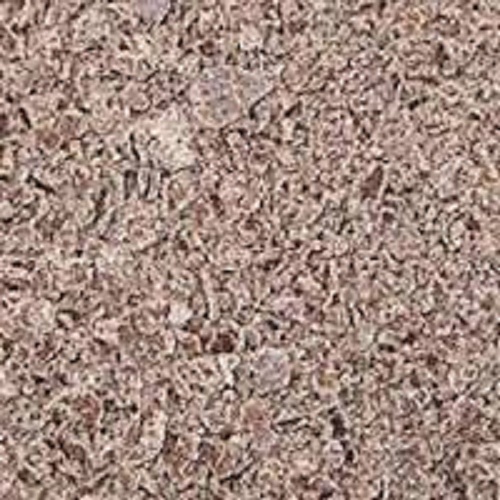
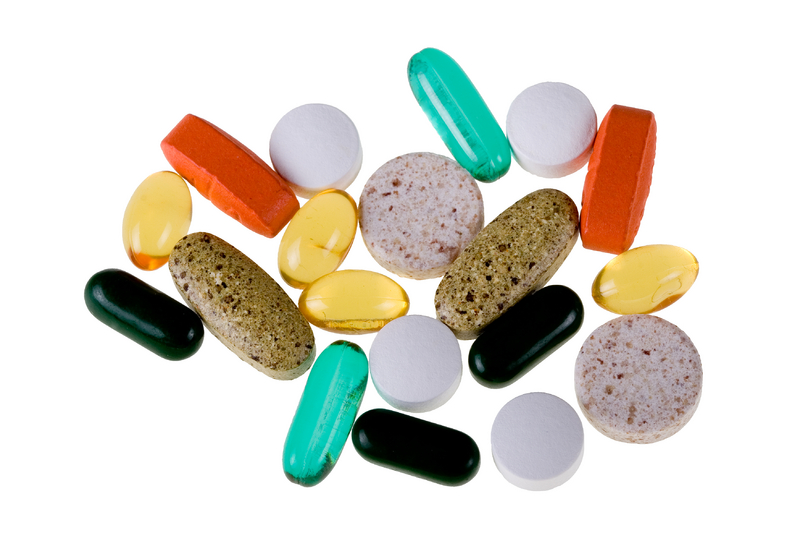
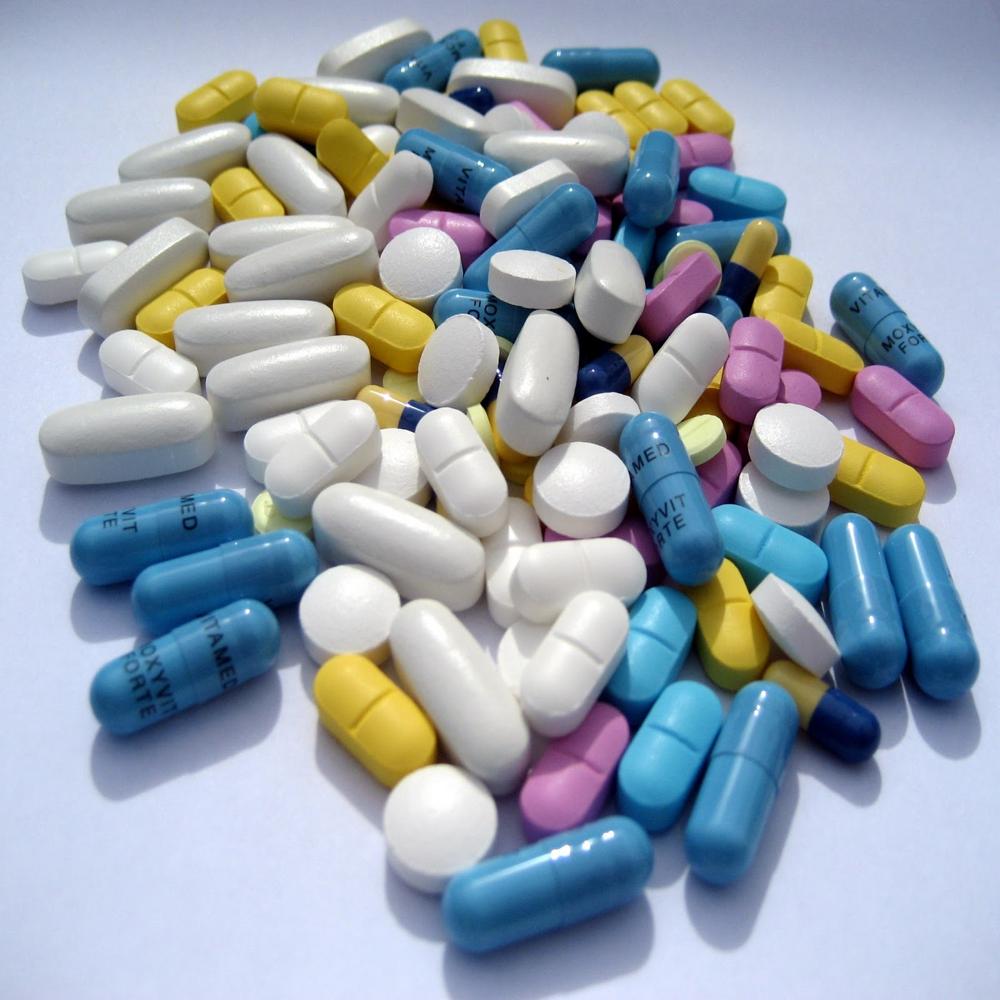

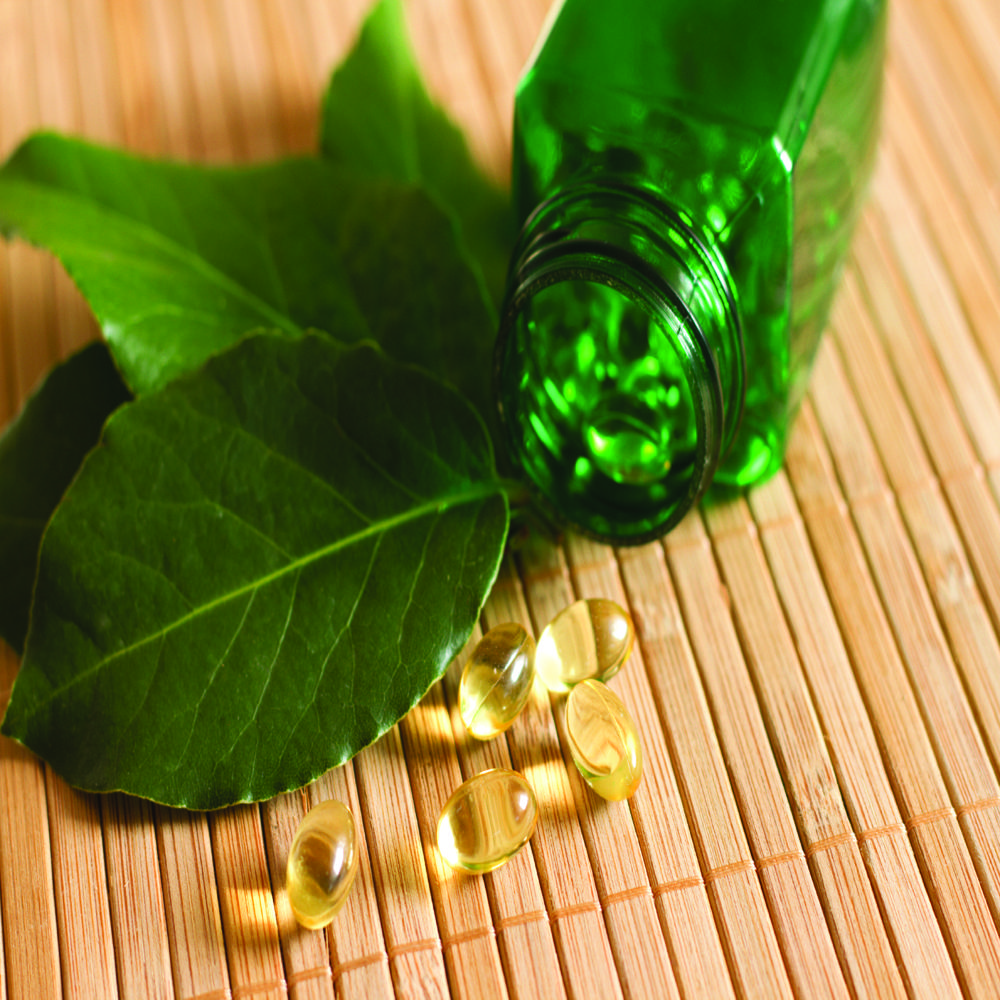



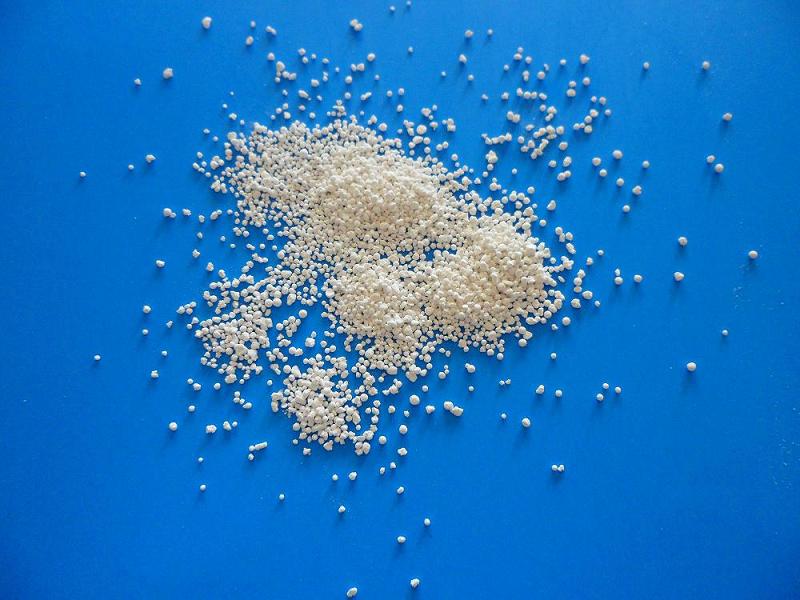




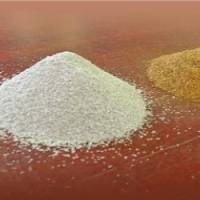

 : nilesh.sheth70
: nilesh.sheth70
